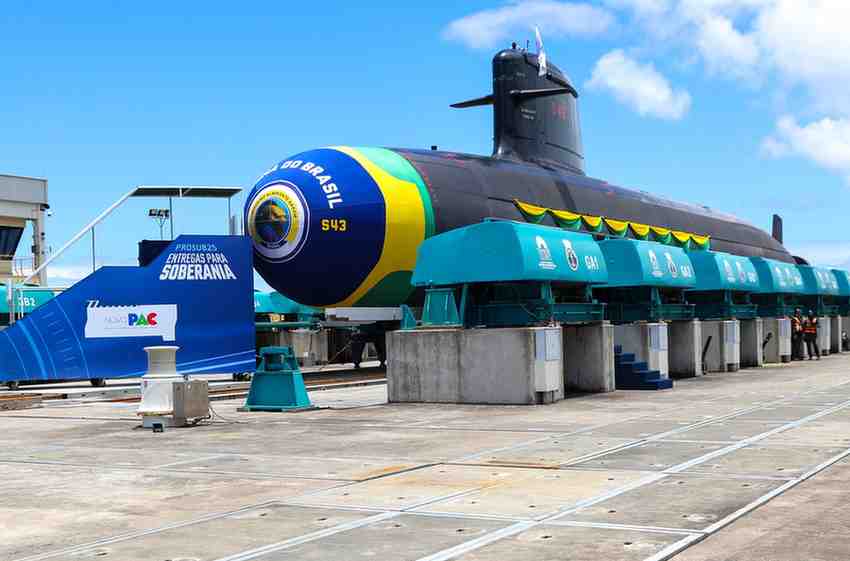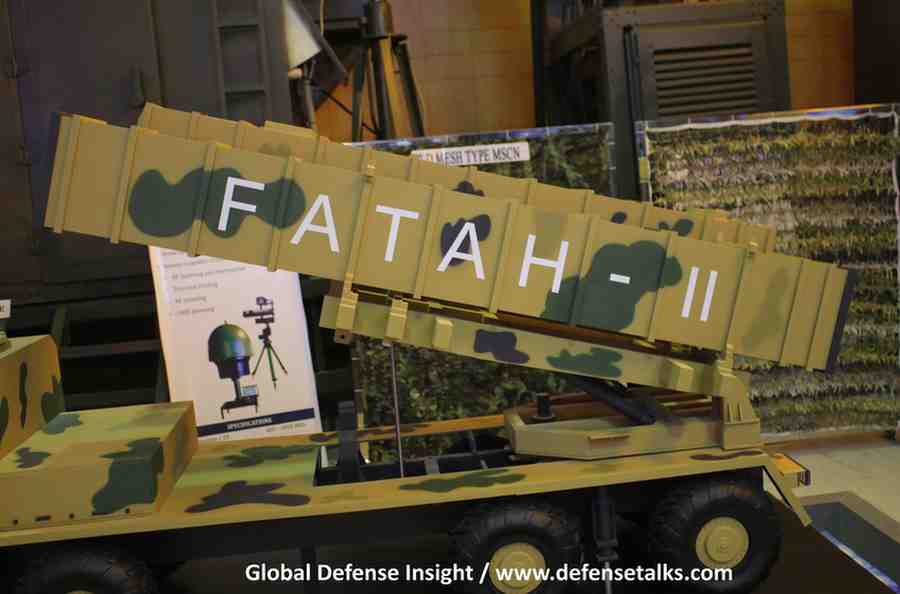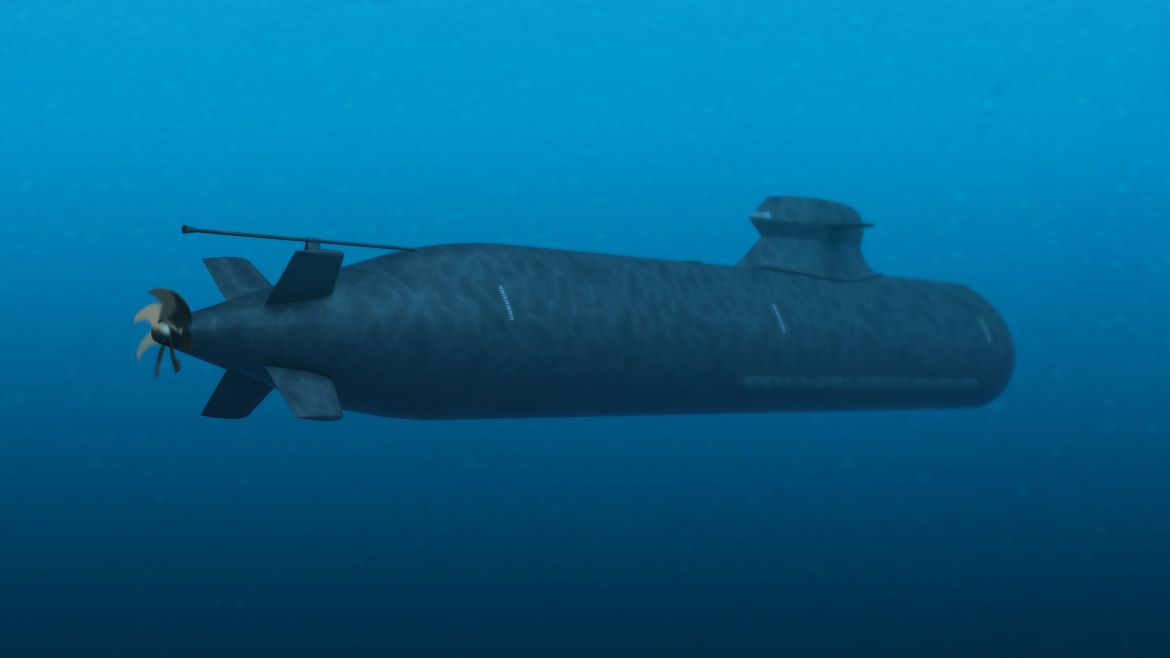Electronic Warfare (EW) represents the ability to use the electromagnetic spectrum (EMS)—signals such as radio, infrared, or radar—to sense, protect, and communicate. At the same time, EW can disrupt, deny, and degrade the adversaries’ ability to use these signals. The ultimate aim is to dominate the electromagnetic spectrum to gain superiority over adversaries.
The origins of ESM can be traced back to pre-World War II efforts, such as Germany’s Zeppelin missions in 1939 to detect British radar systems. Zeppein represents first ever air-borne electronic intelligence (ELINT) effort by any military. These early attempts, however, failed to achieve requisite result. During the Battle of Britain, Germany’s failure to recognize the role of British radar in coordinating fighter defenses proved to be a critical oversight, influencing the outcome of the war.
In general, EW encapsulates many domains. Electronic Attack (EA) includes a range of actions designed to reduce the effectiveness of enemy military assets using electronic means. This proactive strategy targets enemy radars, communication systems, and other electronic infrastructure. EA employs techniques such as jamming, deploying chaff and flares, and utilizing anti-radiation weapons. Electronic countermeasure (ECM) deals with degrading the enemy’s electronic sensory and communication capabilities. Electronic counter-countermeasure (ECCM) encompasses technologies that are designed to counter the enemy’s ECM capability. And finally, electronic support measure (ESM) involves passively monitoring and collecting electromagnetic signals to provide situational awareness of the battlespace. All these three categories work in conjunction to ensure operational dominance over adversary.
ECM is perhaps the most well-known aspect of EW, often associated with “jamming.” The goal is to disrupt enemy radars, sensors, or communication systems to undermine their ability to act effectively. A classic yet simple ECM tactic is the use of chaff, thin strips of aluminum released by aircraft, warship or any other military asset to create multiple false radar reflections. This confuses enemy radars as well as radar guided missiles to effectively identify and engage the real target.
Expandable Active Decoys (EADs) or simply radio decoys represent a more advanced form of ECM. These self-protection systems mimic the signatures of actual aircraft or ships, drawing enemy fire away from original assets. United States Air Force (USAF) and United States Navy (USN) have been using ALE-50 and ALE-55 series of EADs to protect its aircrafts from radar guided missiles. Both systems are combat-proven and were used extensively during Operation Iraqi Freedom (2003). While ALE-50 decoys simply offered a more lucrative target to incoming radar homing missile, ALE-55 also provided additional radar jamming capability to confuse approaching missiles. Currently, ALE-70, which is specifically designed for F-35 Lightening-II stealth aircraft, is in use and unlike past examples, is carried inside the airframe. As far as externally mounted decoys are concerned, Miniature Air-Launched Decoy (MALD) is a recent example that can emit signals to simulate the radar profile of a manned aircrafts. Its variant, called MALD-J, combine decoy capabilities with active jamming, offering dual-layer protection. MALD series of decoys can be carried by wide-range of aerial assets including manned as well as unmanned platforms.
Active jamming is another critical ECM technique. By transmitting signals that interfere with enemy radars, jammers create confusion about the location, distance, or number of targets. For instance, an aircraft can emit signals that mimic radar returns but with altered timing or frequency, making it appear at multiple locations simultaneously. Jamming can be of several types.
The complexity and sophistication of these techniques have grown with advancements in radar systems, such as phased array radars, which are harder to jam due to their ability to change frequencies rapidly.
The response to ECM lies in ECCM, designed to neutralize the effects of jamming and maintain operational capability. One effective ECCM strategy is employing systems that home in on the source of jamming signals, using them as a beacon to guide weapons directly to the jammer. Another approach involves rapidly changing radar frequencies, forcing jammers to spread their efforts thin across multiple frequencies, thereby weakening their effectiveness. Modern radars, such as Active Electronically Scanned Arrays (AESA), are highly resistant to electronic jamming and thus excel in ECCM. These systems can dynamically shift frequencies and utilize advanced signal processing to differentiate between genuine and deceptive signals. Additionally, alternative sensors like Infrared Search and Track (IRST) systems complement radars by detecting and tracking heat signatures, offering a counter to stealth and jamming techniques.
ESM involves gathering intelligence by monitoring enemy electromagnetic emissions. ESM collection platforms can remain electronically silent while detecting and analyzing radar transmissions beyond the radar’s detection range, due to the higher power of the transmitted electromagnetic pulse. For example, during the Cold War, reconnaissance aircraft frequently flew near adversary territories to collect electronic intelligence (ELINT). Modern ESM systems are integral to strategic planning. By understanding enemy capabilities and vulnerabilities, ESM enables proactive countermeasures and informed decision-making.
The proliferation of drones, ranging from advanced military UAVs to inexpensive consumer models, has introduced new challenges. Small, cost-effective drones can be weaponized, posing threats to high-value targets. EW systems have become essential in countering these threats by jamming drone communication links or GPS signals, effectively neutralizing them. While much of EW focuses on radar and radio waves, the electromagnetic spectrum offers additional avenues for exploitation. Infrared (IR) and visible light systems are increasingly being integrated into EW strategies. For instance, systems like the AN/ALQ-144 jammer protect aircraft from IR-guided missiles by emitting controlled pulses of infrared energy to confuse missile seekers. Similarly, laser-based systems can also disrupt the guidance of incoming threats. Flares, a traditional countermeasure against IR-guided missiles, continue to be a vital component of aircraft self-defense. These devices generate intense heat signatures to divert heat-seeking missiles away from their intended targets, much like chaff operates against radar-guided systems.
Electronic warfare is a rapidly evolving field, driven by advancements in technology and the changing nature of warfare. From disrupting enemy systems to protecting one’s own forces, EW remains at the forefront of modern military strategy. Its applications extend beyond traditional military domains. As the electromagnetic spectrum becomes increasingly contested, the ability to dominate this domain will be a decisive factor in future conflicts.
Ahmad Ibrahim
Author is Research Associate at Pakistan Navy War College, Lahore.
- Ahmad Ibrahim#molongui-disabled-link
- Ahmad Ibrahim#molongui-disabled-link
- Ahmad Ibrahim#molongui-disabled-link
- Ahmad Ibrahim#molongui-disabled-link












